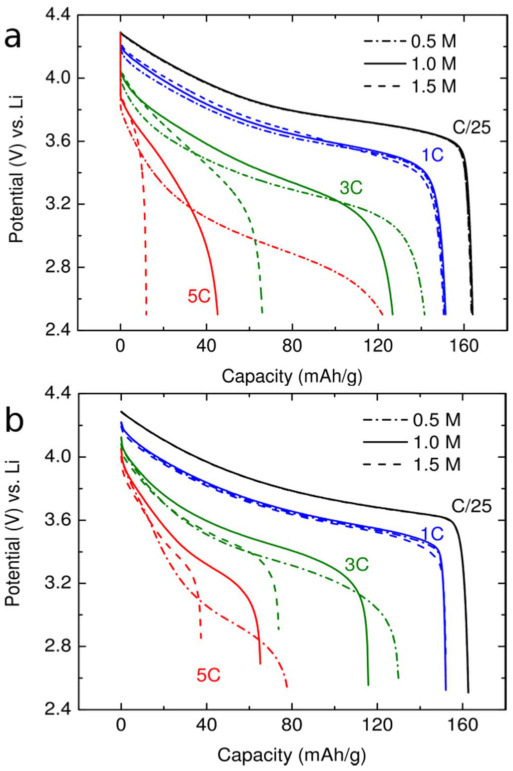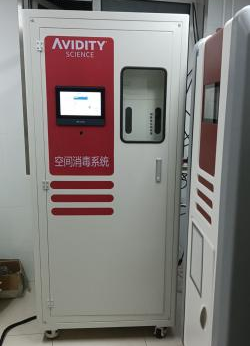Effect of electrolyte concentration on the quality of acidic electrolyzed water
Electrolyte concentration is one of the key factors affecting the quality of acidic electrolyzed water. Studies have shown that the higher the electrolyte concentration, the higher the electrolysis efficiency and water quality indicators (such as ORP value and available chlorine concentration) will generally improve. For example, in the preparation of acidic oxidizing potential water, experiments have found that the higher the electrolyte concentration, the better the electrolysis effect and the higher the efficiency, because high concentration can avoid the limitations of diffusion mass transfer. In addition, the pH and ORP values of acidic electrolyzed water are also significantly affected by the electrolyte concentration. For example, when the electrolyte concentration was 0.67 g/L, the pH value of the acidic oxidizing potential water was 2.26, the ORP value was 1185.7 mV, and the effective chlorine concentration was 50.42 mg/L, while when the concentration increased to 1.11 g/L, the pH value became 2.23, the ORP value increased to 1180.2 mV, and the effective chlorine concentration reached 41.66 mg/L.
Effect of electrolyte concentration on electrode performance
The electrolyte concentration affects not only the water quality, but also the performance of the electrode. For example, in some cases, as the electrolyte concentration increases, the electrode potential decreases, while the capacitance may increase. However, too high an electrolyte concentration may lead to an increase in electrolyte viscosity, thereby increasing energy consumption and reducing electron transfer efficiency. In addition, a high concentration electrolyte may promote the occurrence of oxygen evolution reaction at the anode, causing the cathode surface to be wrapped by gas, thereby inhibiting the formation of certain target products.

The effect of electrolyte concentration on the reaction mechanism
The electrolyte concentration has a direct effect on the generation mechanism of acidic electrolyzed water. In acidic electrolyzed water, the reactions at the cathode and anode will change due to changes in concentration. For example, under acidic conditions, oxygen will generate hydrogen peroxide through a two-electron reduction reaction. In addition, different concentrations of electrolyte will affect the migration and distribution of ions, thereby changing the reaction rate and product distribution.
Selection of optimal electrolyte concentration
In practical applications, choosing the appropriate electrolyte concentration is crucial. Too low a concentration may result in insufficient electrolysis efficiency, while too high a concentration may lead to increased energy consumption and more side reactions. For example, in the preparation of acidic oxidative potential water, the optimal electrolyte concentration was determined to be 0.67 g/L. In other studies, it was found that the selectivity of CO2 reduction changed significantly when the electrolyte concentration was 0.1 M.
Other related factors
In addition to the direct influence of concentration, other factors such as current density, voltage, temperature, etc. will also work together with the electrolyte concentration to further affect the quality of acidic electrolyzed water. For example, the effect of acidity on cathode current efficiency is more significant under high temperature conditions. In addition, different types of electrolyte solutions (such as NaCl, NaOH, etc.) will also lead to differences in water quality characteristics.
The influence of electrolyte concentration on the quality of acidic electrolyzed water is multifaceted. Reasonable control of electrolyte concentration can optimize water quality indicators (such as pH value, ORP value and effective chlorine concentration), improve electrolysis efficiency, and reduce the occurrence of side reactions. However, too high or too low concentrations will have adverse effects, so the optimal concentration range needs to be selected according to the specific application scenario.
The research team compared the electrolysis effects of electrolytes with different concentrations (0.1%-1.0% sodium chloride solution) and found that:
Available chlorine concentration (ACC) : When the concentration is too low (<0.3%), electrolysis is incomplete and ACC is insufficient; when the concentration is too high (>0.8%), chlorine gas is easily generated as a byproduct, reducing safety.
pH stability : 0.5%-0.6% electrolyte concentration can generate acidic electrolyzed water with a pH value of 5.0-6.5, which has strong bactericidal properties and low corrosiveness.
Oxidation-reduction potential (ORP) : ORP first increases and then decreases with increasing concentration, reaching a peak value (≥800mV) at a concentration of 0.5%, indicating the strongest oxidation ability.
"Electrolyte concentration is the key parameter to balance efficiency and safety," said the research leader. "Precise control can avoid the performance instability caused by concentration fluctuations in traditional electrolysis equipment."
Chlory Technology Empowerment: Intelligent Control of Electrolyte Concentration
Based on this research, Chlory has integrated a dynamic concentration adjustment system into its flagship product , the intelligent hypochlorous acid generator . By real-time monitoring of the electrolyte status, it automatically optimizes the NaCl dosage to ensure that the ACC (50-200ppm), pH value (5.0-6.5) and ORP of the produced electrolyzed water meet international disinfection standards. This technology has been applied in hospitals, cold chain logistics and other scenarios. Users have reported that the sterilization efficiency has increased by more than 30% and the life of the equipment has been significantly extended.

Industry Outlook: Demand for green disinfection technology surges
The acidic electrolyzed water market is expected to exceed USD 5 billion by 2026 as the global demand for residue-free and eco-friendly disinfectants grows. Chlory plans to work with scientific research institutions to continuously optimize the electrolysis process and promote its application in new fields such as agricultural sterilization and sewage treatment.
About Chlory
Chlory is a world-leading electrolyzed water technology company, focusing on the research and development of safe and efficient hypochlorous acid generators. Its products have passed multiple certifications such as CE and serve more than 1,000 customers worldwide.
Contact:
Company website: www.chlory.com
Email address: info@chlory.com
